Are your cannabis plants looking a bit wild and unruly? Do you want to maximize your yields and produce top-quality buds? Well, it’s time to dive into the world of cannabis plant training techniques! By mastering the art of training your plants, you can shape them into bushy, productive beauties that will make your friends green with envy.
Whether you’re a seasoned grower or just starting out, understanding the different training methods and when to start implementing them can make a world of difference in your cannabis garden. From topping and super cropping to low-stress training and the SCROG method, there are plenty of techniques to explore.
Key Takeaways
- Importance of mastering plant training for maximizing yields
- Different training methods: topping, super cropping, LST, SCROG
- Benefits of plant training: increased yields, plant health
- Importance of starting training early in plant development
Understanding Different Training Methods
Think of it like giving your plants a little green makeover – we’re talking about bending, twisting, and manipulating those stems like a botanical stylist. From low-stress training (LST) to high-stress techniques like topping and super cropping, there are plenty of ways to get your plants looking their best. Just remember, it’s all about giving them that extra TLC to help them reach their full potential.
Imagine your cannabis plants as little green yoga enthusiasts – they love a good stretch and bend to reach for the light. Techniques like the ScrOG (Screen of Green) method help train your plants to spread out and maximize light exposure, resulting in bigger, better buds. So, get ready to channel your inner plant whisperer and get creative with your training methods. Who knew gardening could be so fashionable and fun?
Top Benefits of Cannabis Plant Training
Utilizing plant training methods can result in increased yields and improved overall plant health. Imagine your cannabis plants strutting their stuff, showing off their perfectly spaced branches and abundant buds like they’re on a runway.
By using techniques like topping, super cropping, or LST (low-stress training), you’re basically turning your plants into the botanical version of bodybuilders – strong, resilient, and ready to produce some serious gains.
Not only will your plants look like they just stepped out of a plant fitness magazine, but they’ll also thank you by producing bigger, denser buds. It’s like they’re saying, “Thanks for the spa treatment, now here’s a bouquet of beautiful flowers.”
Plus, by training your plants, you’re creating a more efficient use of space, allowing for better light penetration and airflow. So, not only are you boosting your plant’s health and yield, but you’re also creating a little green paradise in your grow space.
When to Start Training Your Plants
It’s best to get a head start on shaping your greens. Think of it like giving your plants a little spa day – they deserve it! Start training your cannabis plants as soon as they have developed 3-4 nodes, usually around 2-3 weeks after germination. This early start will help your plants respond better to training techniques and will result in a stronger, healthier plant in the long run. Plus, who doesn’t want to see their plants looking fabulous from an early age?
Don’t wait until it’s too late to start training your plants. The sooner you begin, the more time your plants will have to adapt and grow into the desired shape. Remember, patience is key when it comes to cannabis plant training. So grab your tools and get started on shaping those greens into the beautiful, bountiful plants you want them to be. Your plants will thank you for it!
Techniques for Maximizing Yields
To get the most out of your cannabis plants, try out different methods for increasing yields. Think of your plants as your green, leafy friends who just need a little push in the right direction to reach their full potential. Here are a few techniques that might help you become the cannabis whisperer you never knew you could be:
- Topping: It’s like giving your plants a stylish haircut, but instead of just looking fresh, they’ll grow more buds.
- LST (Low-Stress Training): Don’t stress them out, just gently bend and tie down those branches to create more bud sites.
- Defoliation: Sometimes less is more, so removing some of those big fan leaves can redirect energy to bud development.
Common Mistakes to Avoid
Avoid falling into common mistakes when training your cannabis plants, as they can hinder their growth and development. One of the classic blunders is overtraining your plants. Just like a pushy parent signing up their child for every extracurricular activity under the sun, overtraining can exhaust your plants and stunt their growth.
Another mistake to steer clear of is neglecting to adjust your training techniques as your plants grow. It’s like trying to fit into your favorite pair of jeans from high school – it just doesn’t work. Your plants will outgrow their training methods, leading to uneven growth and potential damage.
Frequently Asked Questions
What are the best practices for training cannabis plants in an outdoor setting?
So, you want to train your cannabis plants outdoors, huh? Well, the best practices involve gentle bending, topping, and LST techniques to maximize sunlight exposure. Just remember, these plants are like athletes in training!
Can cannabis plants be trained to grow in a specific shape or pattern?
Yes, cannabis plants can definitely be trained to grow in specific shapes or patterns. By using techniques like topping, pruning, and LST (Low Stress Training), you can sculpt your plants to your heart’s content!
How does plant training impact the flavor and potency of the final product?
Plant training, contrary to popular belief, doesn’t directly impact flavor or potency. However, enhanced light exposure and airflow can lead to healthier plants, ultimately influencing the final product’s quality. So, train away!
Are there any legal restrictions on certain plant training techniques for cannabis cultivation?
Legal restrictions on plant training techniques for cannabis cultivation vary by location. Some areas may have limitations on certain methods like topping or super cropping. Always research local laws to ensure compliance.
How can plant training help with pest and disease management in cannabis plants?
To prevent pests and diseases in your cannabis plants, plant training is like an army of warriors defending your precious crops. It’s like having a superhero squad that fights off invaders and keeps your plants safe and healthy.

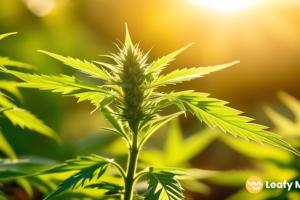
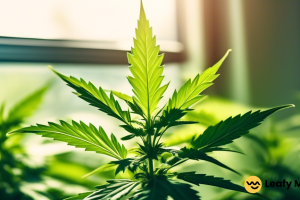





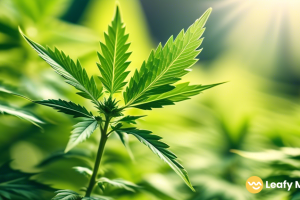
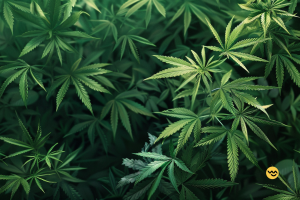
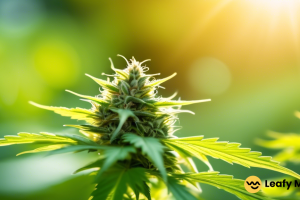
Leave a Reply